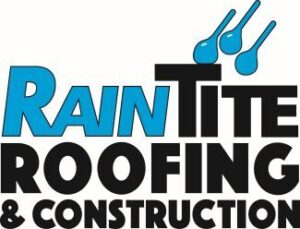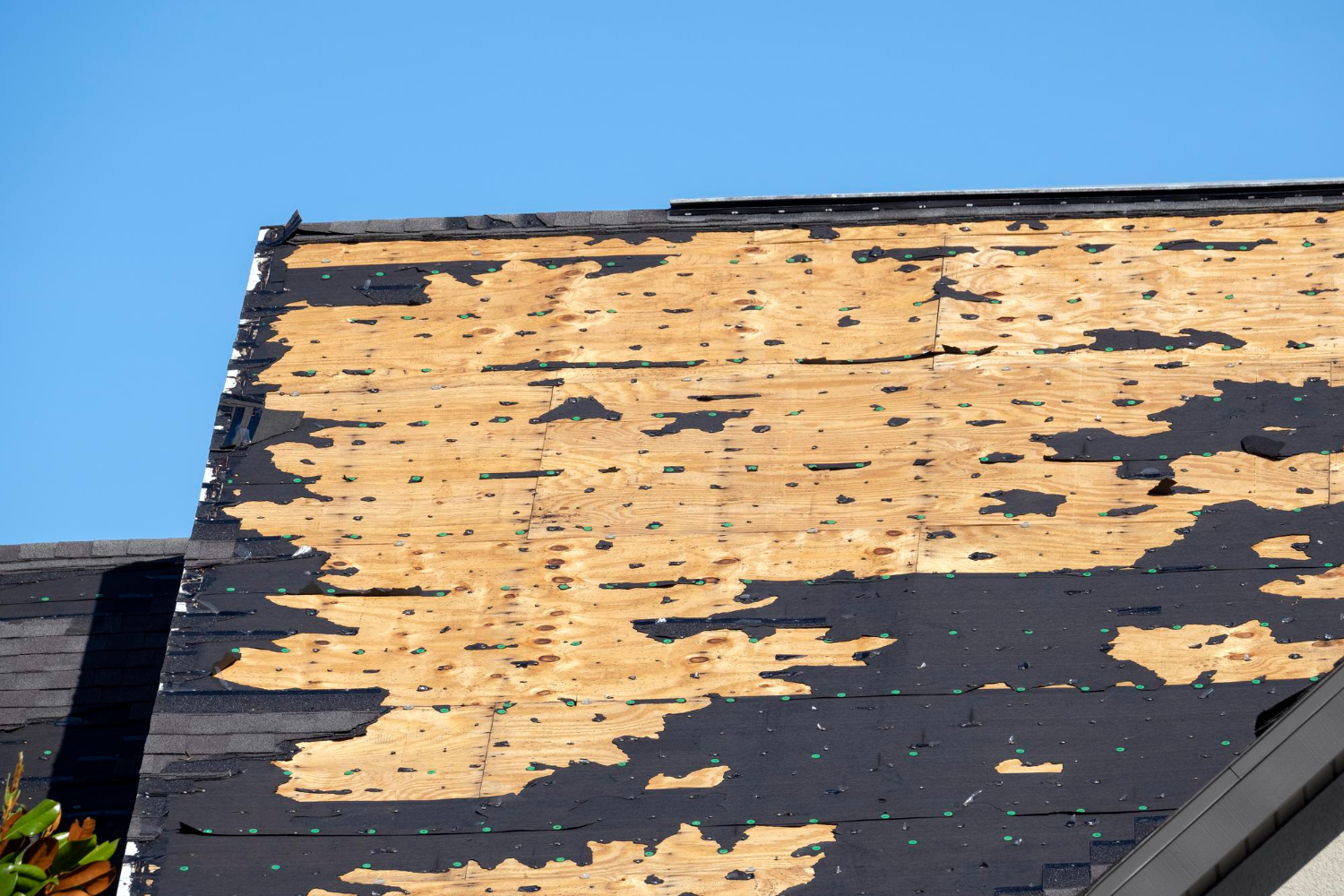Hailstorms can arrive without much warning, leaving behind damage that affects your roof’s integrity. Understanding how to identify and respond to hail damage is crucial in maintaining your home’s safety. Each storm can have a different impact, making it important to know what to look for and how to act quickly.
Spotting hail damage can sometimes be tricky. While large dents or missing shingles are clear signs, other damage might be more difficult to detect. Learning about subtle indicators helps you catch problems early, reducing the chance of bigger issues down the road. Quick action is essential to keeping your home protected.
When your roof takes a hit from hail, deciding between repairing or replacing can be a tough call. Weighing the options thoroughly ensures your choice aligns with both current needs and future considerations. Knowing the protective measures available helps you minimize the risk of future damage, safeguarding your home against nature’s fury.
Identifying Signs of Hail Damage
After a hailstorm, your roof might show noticeable and subtle signs of damage that can compromise its integrity. Understanding these indicators can help you take quick action to mitigate further damage. Start by looking for visible indicators. Dents are typical signs of hail impact; they appear as small indentations in the shingles or metal roofing. Cracks can develop on the surface or edges of shingles, often leading to water leaks if not addressed. Missing shingles or those that seem loose can also indicate hail damage, as the storm’s force may have dislodged them.
Beyond the visible, there are subtle signs of hail damage to consider. Granule loss manifests as bald spots on asphalt shingles, where protective granules have been knocked off by hail. This exposes the underlying material to the elements, increasing wear and tear. Bruising on shingles is another common indicator. These bruises may not be visible but can be felt as soft spots when pressure is applied, suggesting internal damage.
For a safe inspection, use binoculars to check your roof without climbing onto it. Focus on areas around roof valleys and flashing since they’re more prone to hail impact. Check gutters and downspouts for granule accumulation, as this signals significant granule loss. If you’re unsure, call a professional for a thorough inspection.
Immediate Steps to Take After a Hailstorm
Acting swiftly after a hailstorm can prevent additional problems and help in the insurance claim process. Here are the vital steps to follow:
1. Check for Visible Damage: Start by surveying your property for damage to the roof and other areas. Look for the signs mentioned earlier.
2. Document the Damage: Take clear photographs of all damaged areas. These images are crucial for insurance claims and demonstrate the extent of damage to adjusters.
3. Contact Your Insurance Provider: Report the hail damage to your insurance company promptly. Provide the photographic evidence and any other necessary documentation as required by your policy.
4. Prevent Further Damage: Until a professional can repair the roof, take temporary measures to prevent water from entering your home. Use tarps to cover exposed roof areas or broken windows. Ensure that these covers are securely in place to withstand winds or rain.
It is important to ensure your personal safety during this process. Avoid walking on your roof, as wet, damaged shingles can be slippery and unstable. By following these steps, you not only safeguard your home but also streamline the repair process and facilitate any insurance claims.
Assessing the Need for Repairs or Replacement
After identifying hail damage, deciding whether to repair or replace your roof is crucial. Several factors influence this decision. First, consider the extent of the damage. Minor, superficial issues may only require repairs, especially if limited to a small roof area. However, widespread damage might compromise the roof’s structural integrity, necessitating replacement.
Evaluate the age of your roof. If it’s nearing the end of its lifespan, replacing it might be more cost-effective than continually fixing recurrent issues. Additionally, consider the long-term impacts of the damage. Persistent leaks can lead to rot, mold, and damage inside your home, increasing overall repair costs.
Roofing professionals follow a detailed assessment process to help decide the best course of action. They inspect the roof for visible and subtle damage, checking under shingles and around seams. Professionals also evaluate the underlying roof structure to ensure it’s intact. After a thorough inspection, they provide recommendations based on their findings, helping homeowners make informed decisions that balance immediate repair needs with cost-effectiveness and long-term protection.
Preventing Future Hail Damage
Once your roof is repaired or replaced, take steps to protect it from future hailstorms. Investing in impact-resistant roofing materials is a smart choice. These materials are designed to withstand hail better, reducing the likelihood of damage. Look for materials rated Class 4, the highest level of impact resistance.
Regular maintenance and inspections can also ward off future issues. Schedule inspections at least twice a year to catch minor problems before they become serious issues. Maintenance includes clearing debris from gutters and ensuring roof components like flashing and vents are secure.
Consider roof upgrades that enhance durability. These include installing stronger underlayment or using metal flashings, which provide additional protection. Reinforcing the roof’s edge and ensuring all shingles are securely fastened can also help a roof handle hail impacts better. By taking these preventive measures, you can enhance your roof’s resilience, minimizing damage risk during future storms.
Conclusion
Hailstorm damage is a serious concern for homeowners, impacting not just immediate safety but also long-term home value. Identifying damage early, making informed decisions about repairs, and using preventive strategies are key to handling hail impacts effectively. With these steps, you can ensure your roof provides the protection you need.
At RainTite Roofing & Construction, we understand how stressful dealing with roof storm damage can be. Our team is ready to assess your roof and offer solutions tailored to your needs. With our expertise and commitment to quality, you can protect your home against the toughest challenges and keep your family safe and sound. Contact us to learn more about how we can help you safeguard your roof from future storms.

